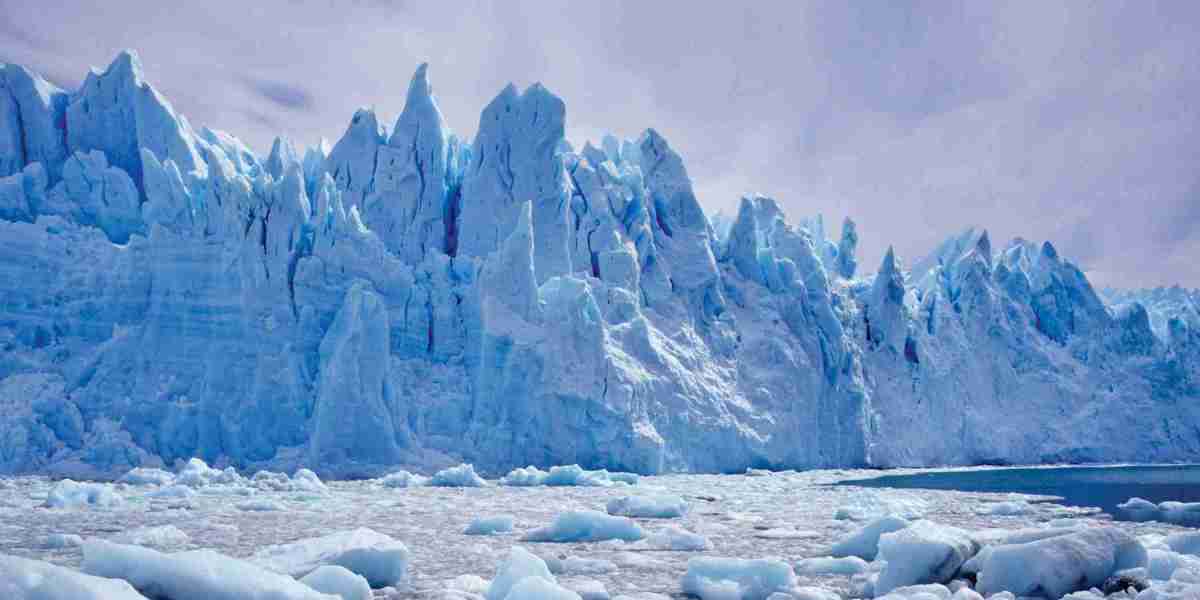In the realm of natural wonders, few phenomena rival the exquisite beauty and transformative power of ice. From the towering glaciers of polar regions to the delicate frost that adorns winter landscapes, ice manifests in myriad forms, each one a testament to the extraordinary properties of water and the forces of nature. In this article, we delve into the fascinating world of ice, exploring its diverse manifestations and the profound impact it has on our planet and our lives.
The Magic of Crystalline Structures
At its most basic level, ice is simply frozen water – a solid state of H2O molecules that occurs when temperatures drop below the freezing point. Yet, within this seemingly simple substance lies a world of complexity and beauty. Under the right conditions, water molecules arrange themselves into intricate crystalline structures, forming the hexagonal lattice pattern that gives ice its characteristic shape.
Each ice crystal is a miniature work of art, with its own unique structure and geometry. From the symmetrical hexagons of snowflakes to the shimmering facets of icicles, ice crystals captivate the imagination with their delicate beauty and infinite variety. No two snowflakes are alike, and each one bears the imprint of its journey through the atmosphere, reflecting the conditions it encountered along the way.
Glaciers: Guardians of the Polar Regions
In polar regions, ice takes on a grander scale, forming vast sheets and rivers of ice known as glaciers. These immense formations are dynamic and ever-changing, flowing slowly under their own weight and carving out valleys and fjords as they move. Glaciers are not only marvels of natural engineering but also crucial indicators of climate change, serving as barometers of global temperature trends and sea level rise.
As temperatures rise and glaciers retreat, they release vast quantities of freshwater into the ocean, contributing to the ebb and flow of global ocean currents and impacting weather patterns around the world. In this way, glaciers play a pivotal role in regulating Earth's climate and shaping the environments in which we live.
Frozen Artistry: Ice Sculptures and Formations
In colder climates, ice manifests in a dazzling array of forms and shapes, from intricate frost patterns on windowpanes to massive icebergs drifting in polar seas. Ice artists and sculptors harness the transformative power of frozen water to create stunning works of art, sculpting delicate sculptures and intricate ice castles that captivate the imagination and inspire wonder.
Natural ice formations, such as ice caves, icebergs, and frozen waterfalls, also abound in colder regions, offering breathtaking vistas and opportunities for exploration. These ephemeral wonders are fleeting and fragile, melting away with the arrival of warmer temperatures, yet they leave a lasting impression on those fortunate enough to witness their beauty.
The Power and Peril of Ice
While ice holds undeniable allure and beauty, it also poses significant challenges and dangers to those who encounter it. Slippery roads and sidewalks, treacherous ice storms, and dangerous avalanches are just a few of the hazards associated with icy conditions. Moreover, the melting of polar ice caps and glaciers due to climate change threatens to reshape coastlines, inundate low-lying areas, and disrupt ecosystems around the world.
As we navigate the complexities of living in a world shaped by ice, it's essential to recognize both its beauty and its power – to marvel at the intricate crystalline structures of snowflakes and glaciers while also acknowledging the need to address the challenges posed by melting ice and rising sea levels.
Conclusion: Celebrating the Frozen Wonders of the Natural World
In conclusion, ice is a marvel of nature that inspires awe and wonder in all who encounter it. From the delicate beauty of snowflakes to the awe-inspiring grandeur of glaciers, ice manifests in myriad forms, each one a testament to the transformative power of water and the forces of nature. As we marvel at the frozen wonders of the natural world, let us also redouble our efforts to protect and preserve these fragile ecosystems for generations to come.








